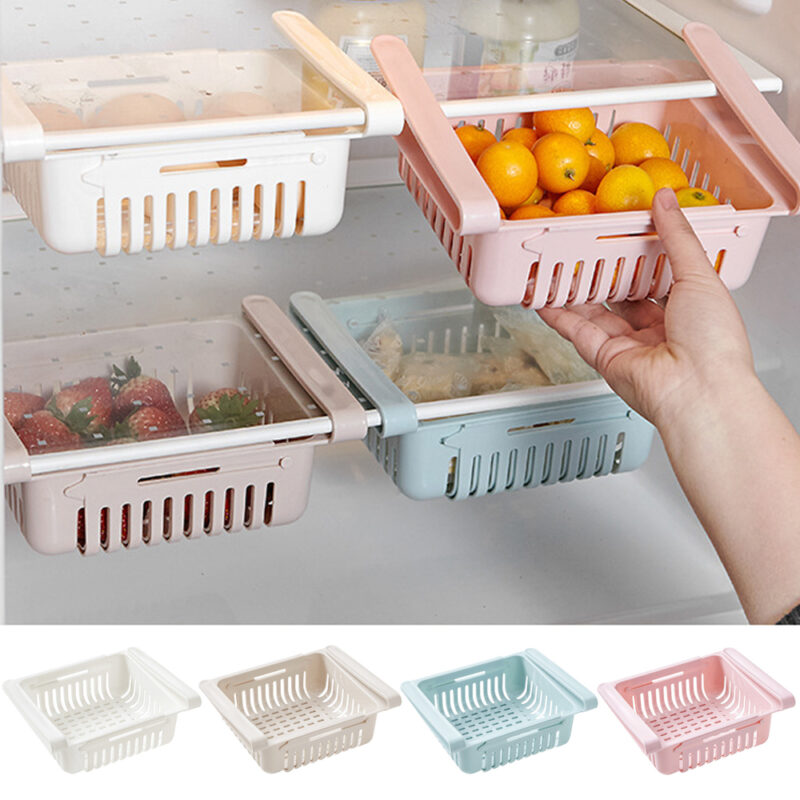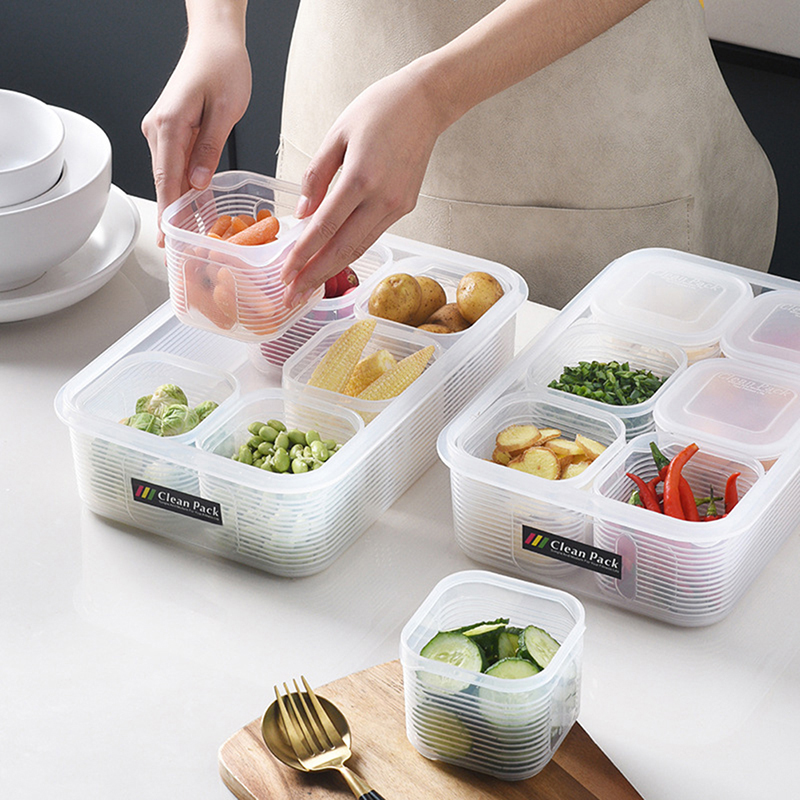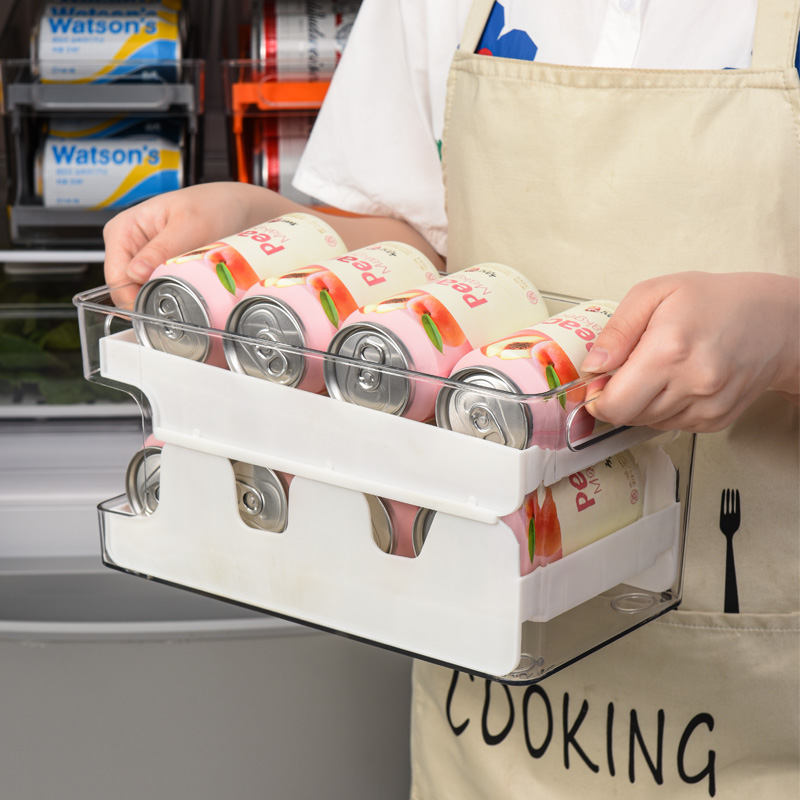Refrigerator Storage
Maximizing Your Refrigerator Space – A Comprehensive Guide to Refrigerator Storage Solutions
Introduction
A well-organized refrigerator is essential for maintaining food quality, reducing waste, and ensuring efficient use of space. Proper refrigerator storage not only keeps your groceries fresh but also helps you save time and money. This guide will explore various refrigerator storage solutions, best practices, and tips to help you make the most of your fridge.
The Importance of Refrigerator Organization
Organizing your refrigerator has numerous benefits:
Food Safety: Proper storage helps prevent cross-contamination and maintains the appropriate temperature for perishable items.
Freshness: Keeping foods in the right spots ensures they stay fresh longer, reducing spoilage.
Efficiency: An organized refrigerator makes it easier to find what you need, streamlining meal prep and reducing stress.
Waste Reduction: By keeping track of what you have, you can minimize food waste and save money on groceries.
Types of Refrigerator Storage Solutions
Investing in the right storage solutions can greatly enhance the organization and efficiency of your refrigerator. Here are some popular options:
Clear Storage Bins:
Purpose: Group similar items together (e.g., snacks, condiments) to keep your fridge tidy.
Benefits: Clear bins allow you to see contents at a glance, making it easy to find what you need.
Stackable Containers:
Purpose: Utilize vertical space by stacking containers.
Benefits: Perfect for storing leftovers and pre-prepped meals, these containers help maximize space and keep your fridge organized.
Lazy Susans:
Purpose: Store jars, bottles, and small items on a rotating platform.
Benefits: Easy access to items at the back of the fridge without having to move everything in front.
Egg Holders:
Purpose: Securely store eggs.
Benefits: Keeps eggs from rolling around and often comes with a lid for stacking other items on top.
Can Dispensers:
Purpose: Hold soda or beer cans in a neat, horizontal row.
Benefits: Prevents cans from rolling around and makes them easy to grab.
Produce Savers:
Purpose: Extend the life of fruits and vegetables by controlling humidity and airflow.
Benefits: Helps keep produce fresh longer, reducing waste.
Best Practices for Refrigerator Storage
Follow these best practices to get the most out of your refrigerator space:
Top Shelves:
Usage: Store ready-to-eat foods like leftovers, drinks, and snacks.
Tip: Place items that need to be consumed soon at eye level to ensure they are used promptly.
Middle Shelves:
Usage: Ideal for dairy products like milk, yogurt, cheese, and eggs.
Tip: Keep eggs in their original carton on a middle shelf, rather than the door, to maintain a stable temperature.
Bottom Shelves:
Usage: Coldest part of the refrigerator, perfect for raw meat, poultry, and fish.
Tip: Use airtight containers or plastic wrap to prevent cross-contamination and place these items on a tray to catch any drips.
Crisper Drawers:
Usage: Designed to maintain optimal humidity levels for fruits and vegetables.
Tip: Use the high-humidity drawer for leafy greens and vegetables that wilt easily, and the low-humidity drawer for fruits that need to stay dry.
Refrigerator Door:
Usage: Warmest part of the refrigerator, best for condiments, sauces, jams, and juices.
Tip: Avoid storing perishable items like milk and eggs here, as they are more susceptible to temperature fluctuations.
Tips for Keeping Your Refrigerator Organized
Label Everything: Use labels to mark containers with the contents and date. This helps you keep track of leftovers and ensures you use older items first.
First In, First Out: Arrange items so that older products are at the front and newer ones are at the back. This helps you use up food before it spoils.
Clean Regularly: Wipe down shelves and drawers regularly to prevent spills and stains from becoming permanent. A clean refrigerator is not only more pleasant to use but also helps maintain food safety.
Adjust Shelves: Most refrigerators have adjustable shelves that can be moved to accommodate taller items. Customize the layout to suit your needs and make the most of the available space.
Keep it Cool: Avoid overloading your refrigerator, as this can obstruct airflow and reduce cooling efficiency. Ensure there is enough space for air to circulate around items.
Use a Thermometer: Place a thermometer in your refrigerator to ensure it is maintaining the optimal temperature of 37-40°F (3-4°C). Adjust the settings if necessary to keep food at a safe temperature.
Common Mistakes to Avoid
Overstuffing: A crowded refrigerator can hinder airflow and reduce cooling efficiency. Avoid overstuffing and keep items organized to maintain optimal temperatures.
Improper Storage of Produce: Not all fruits and vegetables should be stored together. Some fruits, like apples and bananas, release ethylene gas, which can cause nearby vegetables to spoil faster. Store ethylene-producing fruits separately.
Ignoring Expiration Dates: Regularly check expiration dates and discard any expired items. This helps prevent foodborne illnesses and keeps your refrigerator clean and organized.
Storing Hot Food: Allow hot food to cool to room temperature before placing it in the refrigerator. Hot food can raise the internal temperature, affecting the freshness of other items.
Using the Door for Perishables: As mentioned earlier, avoid storing perishable items like milk and eggs in the door, as it is the warmest part of the refrigerator.
Conclusion
Proper refrigerator storage is essential for maintaining food safety, freshness, and efficiency. By following best practices and investing in specialized storage solutions, you can optimize your refrigerator space, reduce food waste, and enjoy a more organized kitchen. Whether you’re a busy professional, a home cook, or someone who simply wants to make the most of their refrigerator, these tips and strategies will help you achieve a well-organized and efficient fridge. Transform your refrigerator into a model of organization and efficiency, and enjoy the benefits of a well-maintained kitchen.



